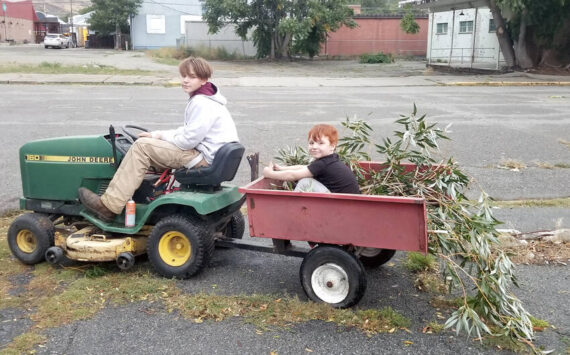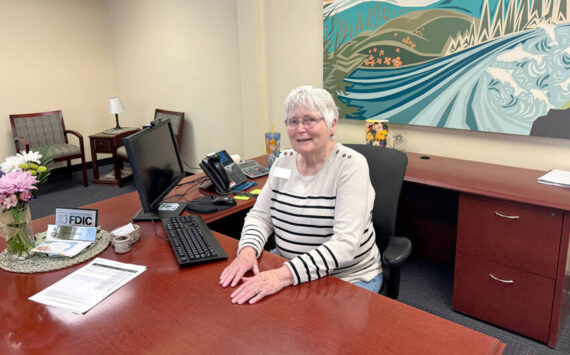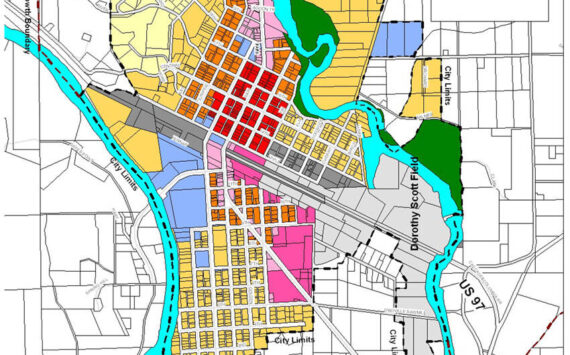NESPELEM – The Confederated Tribes of the Colville Reservation this week renewed its call for Teck Metals (the operator of a large smelter in Trail, British Columbia) to stop polluting and start cleaning up decades of its waste. A recent federal court ruling in the ongoing legal battle against Teck has reinforced the Colville’s resolve to hold the polluter accountable.
The Tribes’ litigation, with the State of Washington has proved that Teck is responsible to clean up the results of its discharge of slag and liquid effluent to the Upper Columbia River under federal environmental law. However, Teck is attempting to escape liability for contamination resulting from aerial emissions originating from its Trail smelter.
The Federal District Court has rejected Teck’s arguments, but a recent Court of Appeals decision, which in the Tribes’ opinion failed to consider the Superfund law, accepted Teck’s technical argument that its emissions do not meet the statutory requirements for liability, meaning that Teck isn’t responsible for damage to the Tribes historic and sacred lands resulting from emissions at the Trail smelter. The Tribes, with the State of Washington, are now asking a larger panel of the Court of Appeals to reconsider this question and rule that Teck is obligated to clean up upland soils of the Upper Columbia River Site contaminated with hazardous substances by aerial emissions from its smelter in Trail, in addition to its already established obligation to clean up its discharges to the Columbia River.
In addition to challenging the recent judicial ruling, the Tribe will continue to push for Teck to comply with previous court decisions that held them responsible for the cleanup.
For nearly a century, Teck pumped toxic byproducts of metals refining including slag, directly into the Columbia River. More than 10 million tons of the granular slag created the “black sand” beaches of the Upper Columbia, a 150-mile reach of the river between the Canadian border and Grand Coulee Dam.
The river is the natural resource and cultural lifeblood of the Colville Tribes and must be protected and restored.
Regulatory and legal processes will continue to guide the cleanup, but there can be no more delay in action. Several efforts to reintroduce migrating fish in the Upper Columbia are moving forward. It is critical that the sediments in the Upper Columbia be cleaned up to ensure those runs have a healthy food chain on which to thrive. Only cleanup will create that opportunity.
About the Colville Tribes:
The Confederated Tribes of the Colville Nation works to maintain and protect viable populations of native and desired non-native species of fish and wildlife and their supporting habitats, while providing sufficient numbers to meet the cultural, subsistence, recreational and economic needs of the tribal membership.
Today, more than 9,365 descendants of 12 aboriginal tribes of Indians are enrolled in the Confederated Tribes of the Colville Reservation. The tribes, commonly known by English and French names, are: the Colville, the Nespelem, the San Poil, the Lake, the Palus, the Wenatchi (Wenatchee), the Chelan, the Entiat, the Methow, the southern Okanogan, the Moses Columbia and the Nez Perce of Chief Joseph’s Bands.




